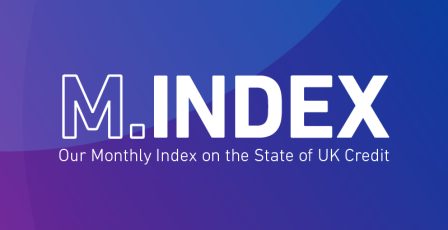Vulnerability and financial intermediaries: Three enablers to meet consumer duty
New research on mortgages[1] has highlighted a dangerous silence.
In the last 12 months:
- 90% of intermediary brokers report encountering vulnerable clients but almost one-in-three brokers say they never shared information about client vulnerability with a lender
- While half of participating lenders report receiving zero disclosures of vulnerability from a broker
Such a breakdown creates the potential for foreseeable harm. One where clients either do not get the support needed, or are forced to repeatedly disclose their situation to each lender they deal with.
So, as financial intermediaries – such as mortgage brokers, financial advisers, and motor dealerships – are a crucial part of the UK’s financial services sector, what are the specific challenges here? And furthermore, given the Financial Conduct Authority (FCA) has explicitly laid-out its expectations on firms’ approach to consumer vulnerability, how might we start to resolve this situation?
1. Clearer routes
Two hundred and fifty brokers were surveyed by Newcastle for Intermediaries/Smart Money People. Among these, the main reported barrier to data-sharing was the lack of ‘Clear Disclosure Routes’:
44% of brokers
reported that lenders often offered no clear disclosure route
42% of brokers
were unsure how to disclose the information
Brokers reliance
Many brokers were left relying on informal disclosure routes like helpdesk phone calls or general email enquiries
This absence of a route, or reliance on ad-hoc disclosure methods, is not sustainable. Given that the FCA Guidance (2021) requires firms to set up systems and processes that actively support disclosure, this needs to apply the broker and lender relationship too.
2. Support for all
A second identified barrier to disclosure (and onward data-sharing) was a lack of attention to support:
62% of brokers
wanted lenders to describe the support they could give to clients in a vulnerable situation
50% of brokers
wanted lenders to provide ‘step-by-step’ guides on how to share information about client vulnerability
44% of brokers
wanted disclosure questions and mechanisms to be built into existing systems and journeys
The high demand for such practical tools again indicates that intermediaries may feel constrained by unclear pathways and incomplete journeys.
3. Fear for none
A final reported barrier to disclosure/data-sharing, was the fear that clients might have about how their disclosed information would be used:
63% of surveyed participants working in lenders
saw client fear about an application being declined as an outright barrier to disclosure
27% of brokers
cited client discomfort in sharing sensitive information/what would happen to this
14% of brokers
also perceived GDPR restrictions as preventing them from sharing vulnerability information with a lender
Consequently, unless firms are more transparent about how disclosed information will actually be used, this key barrier of client and intermediary mistrust may persist.
Summary: two sides of the same coin
Intermediaries – whether mortgage brokers, motor dealerships, or independent advisers – want clearer routes and more support information. Meanwhile, lenders and financial services providers want action to reassure clients about the uses their disclosed information will be put to. Representing two sides of the same coin, a need therefore exists for a sector-wide strategy which addresses whether:
The sector has an appetite for standardised vulnerability data sharing protocols?
This could be achieved in a way that prioritises client control, choice, and security?
We can evidence whether this leads to positive customer support?
How can we help
Have a look at our Vulnerability Voices Hub.
Our home for industry and product knowledge on vulnerability support that brings together industry news, resources and trends from thought leaders on supporting vulnerable consumers.
Support your vulnerable customers
Find out how we can help you reduce barriers for vulnerable consumers who use essential services
Let's go[1] Vulnerability disclosure in the UK mortgage market, Smart money people









